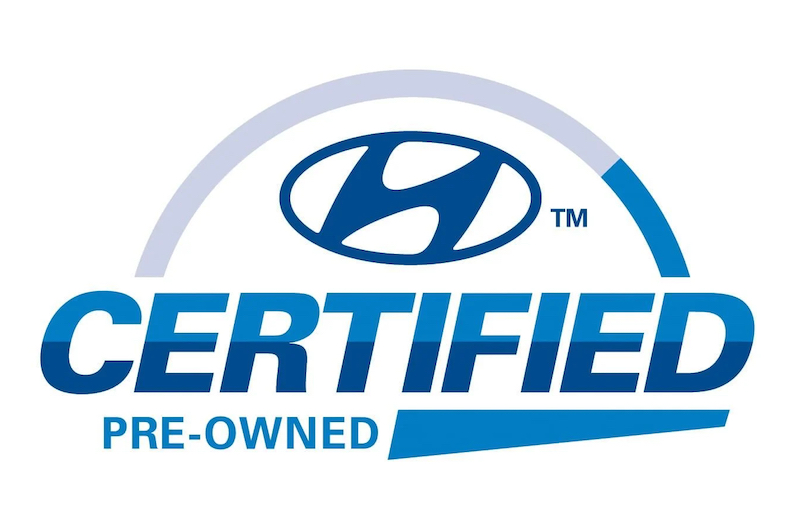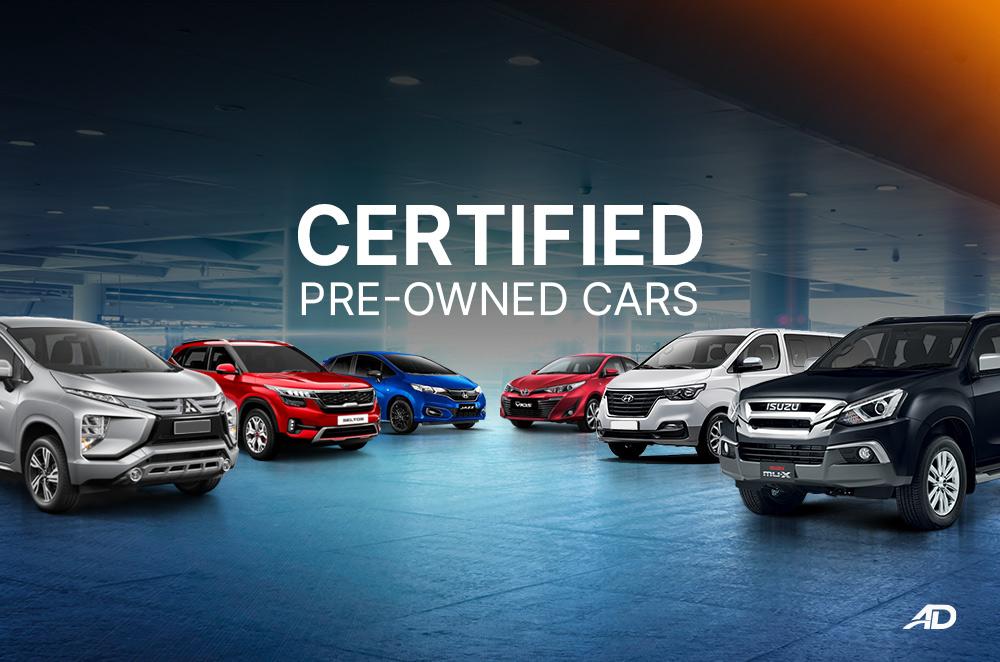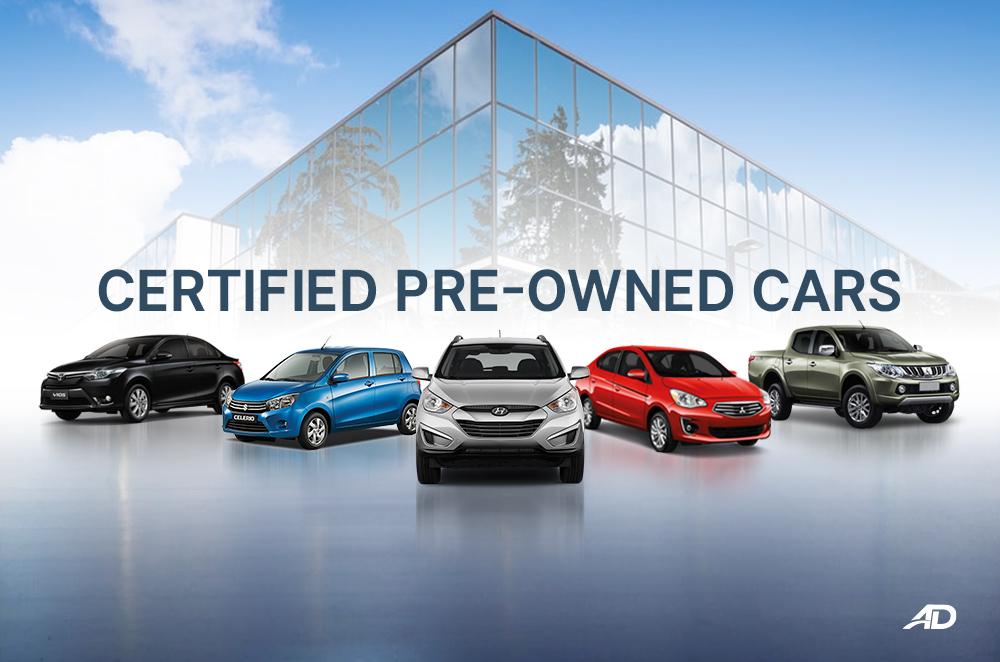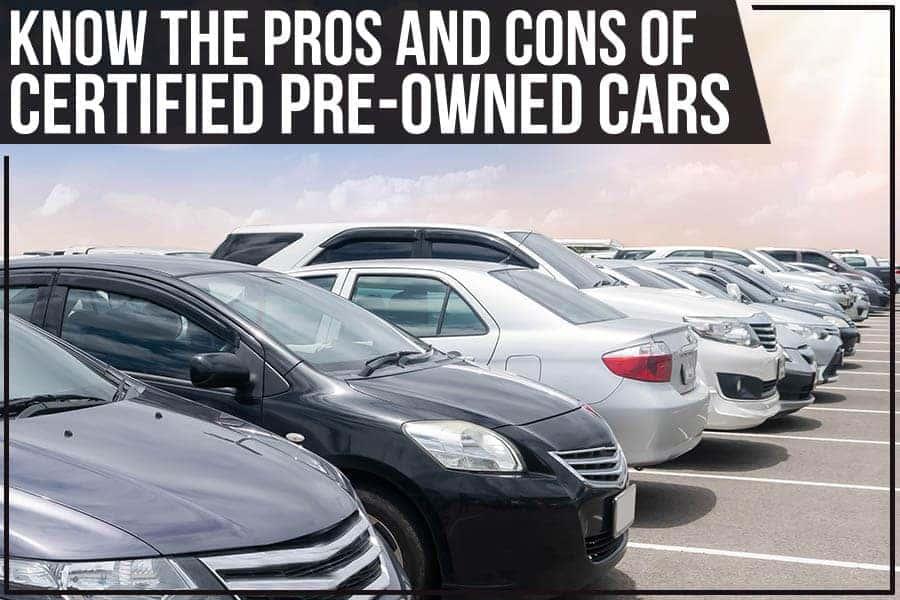When it comes to car shopping, the thrill of the hunt can be both exhilarating and overwhelming. Among the myriad of choices, two terms often arise in conversations: “certified pre-owned” and ”used cars.” While both options offer an affordable alternative to brand-new vehicles, they cater to distinct needs and preferences, leaving many buyers scratching their heads. What sets these categories apart, and which is the better choice for you? In this article, we’ll demystify the differences between certified pre-owned and used cars, exploring the advantages and potential pitfalls of each. Whether you’re a seasoned buyer or new to the automotive world,understanding these distinctions can help steer you toward a purchase that aligns with your budget,lifestyle,and peace of mind. Buckle up as we navigate the road of car buying clarity!
Understanding the Certified Pre-Owned Advantage
When considering a vehicle that offers both quality and value,the certified pre-owned (CPO) option stands out distinctly from the typical used car. A CPO car is not just any pre-owned vehicle; it undergoes a rigorous inspection process and meets strict standards set by the manufacturer. Before it can wear the coveted CPO badge, each vehicle must pass various checks that often include:
- Detailed Multi-Point Inspection: A thorough examination of critical components.
- Vehicle History Report: Assurance that the car has no major accidents or title issues.
- Warranty Coverage: Access to additional warranties,providing extra peace of mind.
moreover, going the CPO route can lead to important long-term savings compared to relying solely on a conventional used car. CPO vehicles usually come with lower financing rates and additional benefits, such as roadside assistance and free service inspections. Here’s a speedy comparison that highlights some key advantages:
| Feature | CPO Vehicles | Used Cars |
|---|---|---|
| Pre-Sale Inspection | ✓ | ✗ |
| Warranty Included | ✓ | ✗ |
| Roadside Assistance | ✓ | ✗ |
| Financing Options | Lower Rates Available | higher Rates Common |

Evaluating the reliability of Used Cars
When considering a used vehicle, it’s essential to assess its reliability, as this can significantly affect your long-term ownership experience. The age of the car, its maintenance history, and how it was driven all play vital roles. to start your evaluation, you should:
- Research the Make and model: Some brands are known for their durability and reliability over time, while others are less dependable.
- Check Maintenance Records: A well-documented service history indicates that the car has been cared for properly.
- Inspect for Accidents: Cars with accident histories may have hidden issues that can affect performance and reliability.
Additionally, verifying the car’s history through reliable reporting services can provide insights into prior claims, ownership changes, and any recalls that may have impacted the vehicle. Some important factors to consider are:
| Factor | Importance |
|---|---|
| Previous Owners | Fewer owners may indicate better care. |
| Service Frequency | Consistent service suggests a responsible previous owner. |
| Warranty Status | A remaining warranty can provide peace of mind. |

Financial Considerations: Costs and Benefits
The decision to buy a certified pre-owned (CPO) vehicle versus a used car frequently enough hinges on a variety of financial aspects. Certified pre-owned cars typically come with a premium price tag due to their rigorous inspections and manufacturer-backed warranties. However, this higher cost can translate into significant long-term savings. Consider the following benefits:
- Extended warranties: Cover repairs for a certain period, reducing unexpected expenses.
- Lower financing rates: CPO vehicles may qualify for better loan terms, making monthly payments more manageable.
- Peace of mind: Knowing the car’s history and condition can minimize the chances of purchasing a vehicle that requires expensive repairs soon after purchase.
On the other hand, used cars offer more affordable options, appealing to budget-conscious buyers.While they lack the additional certification, savvy shoppers can find vehicles in excellent condition. Here’s a quick comparison of potential costs and benefits:
| aspect | CPO Vehicles | Used Cars |
|---|---|---|
| Price | Higher | Lower |
| Warranty | Comprehensive | Limited/None |
| Inspection | Thoroughly done | Variable |
| Financing Options | Better rates | Standard rates |
Ultimately, the choice between CPO and used cars encompasses both short-term and long-term financial considerations, with trade-offs that cater to different budgetary attitudes and preferences.

Making the Right Choice for Your Needs
When deciding between certified pre-owned and used cars, it’s essential to consider factors that align with your lifestyle and budget. Certified pre-owned vehicles (CPO) offer a level of assurance; they are typically newer models that have undergone rigorous inspections and come with warranties. This certification provides peace of mind, especially for first-time buyers who might potentially be apprehensive about potential mechanical issues. In contrast, used cars may vary greatly in condition and price, often presenting an opportunity for significant savings. However,they lack the guarantee of a CPO vehicle,which could lead to higher long-term maintenance costs if the vehicle has underlying problems.
Furthermore, evaluating your priorities can significantly influence your choice. If you value reliability and want low mileage, a CPO might be the better option. Conversely, if you are open to older models and understand the risks of purchasing a vehicle without a warranty, you might find a hidden gem that fits your budget. Consider the following when making your decision:
- Budget: Assess the total cost of ownership, including insurance and potential repairs.
- Usage: Determine your driving needs – long commutes might warrant a more reliable CPO.
- Depreciation: Understand how each option might lose value over time.
- Financing Options: Explore loan rates and terms available for both categories.
Concluding Remarks
In the grand tapestry of automotive purchasing, understanding the nuances between Certified Pre-Owned (CPO) and used cars can significantly impact your driving experience and financial well-being. While both options provide a viable path to ownership, they cater to different needs and preferences. A CPO vehicle, often accompanied by a manufacturer’s endorsement and a more comprehensive warranty, can bring peace of mind that is especially valuable for first-time buyers or those looking for reliability. Conversely, used cars, with their varied price points and broader selection, offer an opportunity to find that hidden gem without the bells and whistles of certification.
As you navigate your car-buying journey, it’s essential to weigh the pros and cons of each option against your budget, lifestyle, and peace of mind.Whether you choose the certified path or the diverse world of used vehicles, remember that each ride – new or old – is a chance to create lasting memories on the open road. So buckle up, do your homework, and may your next automotive adventure lead you to the perfect fit for your journey ahead. Happy driving!
